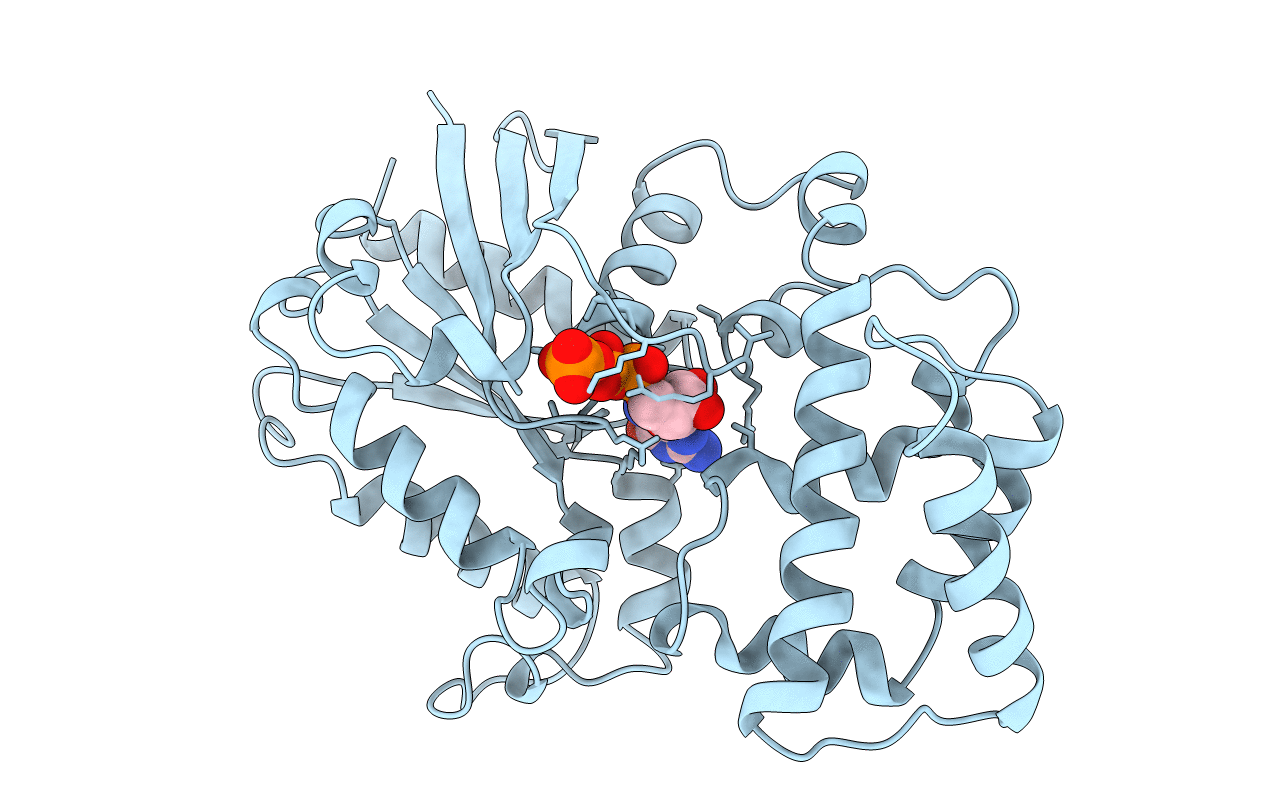
Deposition Date
1996-10-16
Release Date
1997-02-12
Last Version Date
2024-02-07
Method Details:
Experimental Method:
Resolution:
2.60 Å
R-Value Free:
0.27
R-Value Work:
0.18
R-Value Observed:
0.18
Space Group:
P 43 21 2


